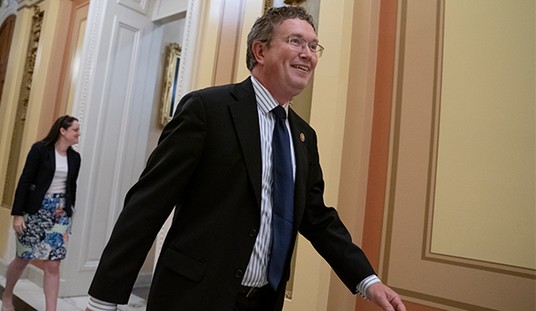The associate director of the Centers for Disease Control declared on PBS that the age of antibiotics has come to an end.
Dr Arjun Srinivasan thinks that both humans and livestock have over-medicated to the point that we now live in a “post-antibiotic world.
‘There are patients for whom we have no therapy, and we are literally in a position of having a patient in a bed who has an infection, something that five years ago even we could have treated, but now we can’t.’.
Dr Srinivasan offered an example of this notion, citing the recent case of three Tampa Bay Buccaneers players who made headlines after reportedly contracting potentially deadly MRSA infections, which until recently were largely restricted to hospitals.
About 10 years ago, however, the CDC official began seeing outbreaks of different kinds of MRSA infections in schools and gyms.
‘In hospitals, when you see MRSA infections, you oftentimes see that in patients who have a catheter in their blood, and that creates an opportunity for MRSA to get into their bloodstream,’ he said.
“In the community, it was causing a very different type of infection. It was causing a lot of very, very serious and painful infections of the skin, which was completely different from what we would see in health care.’
With bacteria constantly evolving and developing resistance to conventional antibiotics, doctors have been forced to ‘reach back into the archives’ and ‘dust off’ older, more dangerous cures like colistin.
‘It’s very toxic,’ said Srinivasan. ‘We don’t like to use it. It damages the kidneys. But we’re forced to use it in a lot of instances.’
How did we reach this point? Basically, it’s our own fault.
However, the CDC director explained that people have fueled the fire of bacterial resistance through rampant overuse and misuse of antibiotics.
‘These drugs are miracle drugs, these antibiotics that we have, but we haven’t taken good care of them over the 50 years that we’ve had them,’ he told Frontline.
The story of how penicillin, the first antibiotic, was discovered is one of the most serendipitous occurrences in scientific history:
On a September morning in 1928, Alexander Fleming sat at his work bench at St. Mary’s Hospital after having just returned from a vacation at The Dhoon (his country house) with his family. Before he had left on vacation, Fleming had piled a number of his Petri dishes to the side of the bench so that Stuart R. Craddock could use his work bench while he was away.
Back from vacation, Fleming was sorting through the long unattended stacks to determine which ones could be salvaged. Many of the dishes had been contaminated. Fleming placed each of these in an ever growing pile in a tray of Lysol.
[…]
In 1928, while sorting through his pile of dishes, Fleming’s former lab assistant, D. Merlin Pryce stopped by to visit with Fleming. Fleming took this opportunity to gripe about the amount of extra work he had to do since Pryce had transferred from his lab. To demonstrate, Fleming rummaged through the large pile of plates he had placed in the Lysol tray and pulled out several that had remained safely above the Lysol. Had there not been so many, each would have been submerged in Lysol, killing the bacteria to make the plates safe to clean and then reuse.
While picking up one particular dish to show Pryce, Fleming noticed something strange about it. While he had been away, a mold had grown on the dish. That in itself was not strange. However, this particular mold seemed to have killed the Staphylococcus aureus that had been growing in the dish. Fleming realized that this mold had potential.
Fleming spent several weeks growing more mold and trying to determine the particular substance in the mold that killed the bacteria. After discussing the mold with mycologist (mold expert) C. J. La Touche who had his office below Fleming’s, they determined the mold to be a Penicillium mold. Fleming then called the active antibacterial agent in the mold, penicillin.
Penicillin and other “wonder drugs” have saved countless millions of lives. Before antibiotics, a simple cut on your finger could mean a death sentence. That’s not likely to happen yet. But apparently, a tipping point has been reached and we’re losing the war against the bugs.
Big Pharma sees little profit in developing new drugs that could adapt more quickly to drug resistant bugs. Unfortunately, nothing will likely be done until there’s a serious outbreak that could have been prevented if such drugs were available.










Join the conversation as a VIP Member